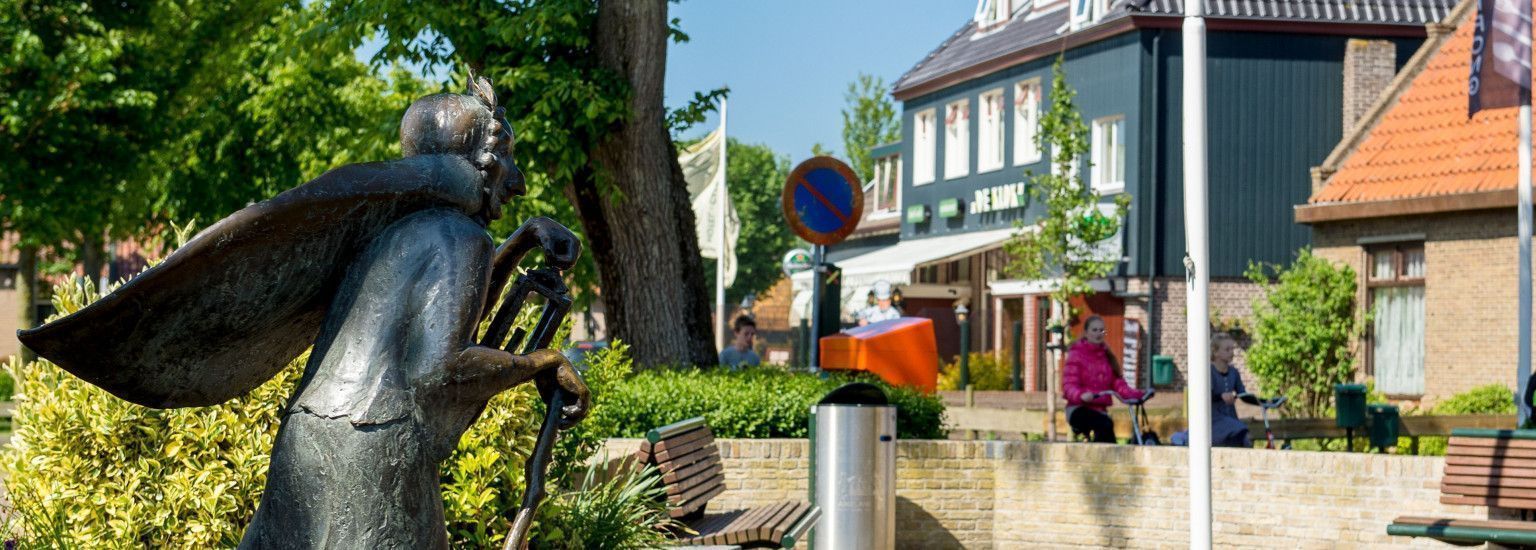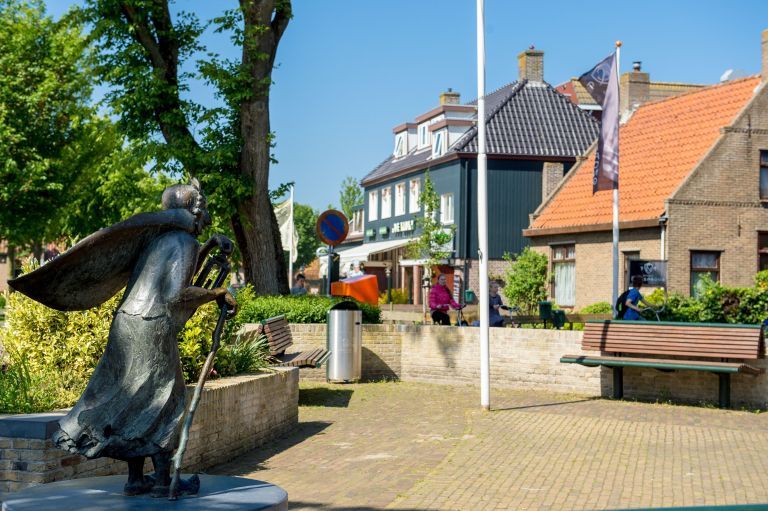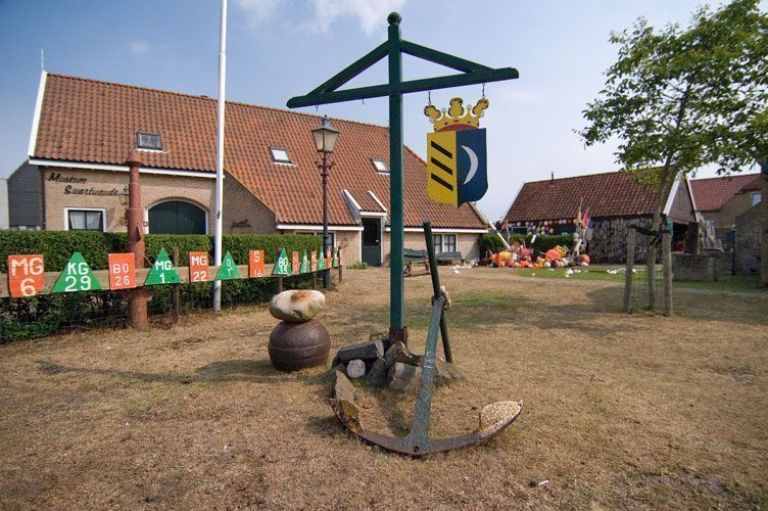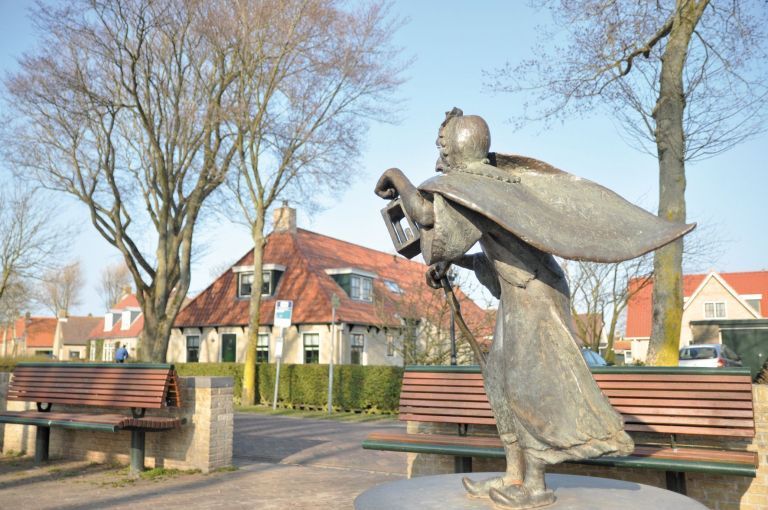
About Buren
Buren once was a village of beach combing farmers. The found goods were a welcome addition to the scanty ration. Nowadays the youngest village of Ameland is a village with modern facilities, such as contemporary shops, cosy restaurants, cafés and a supermarket.
Agriculture and Beach combers museum Swartwoude
In the middle of the village is the Landbouw en Juttersmuseum Swartwoude (Agriculture and Beach combers museum). This museum shows the existence of the Ameland farmers in the nineteenth century. Most of Amelands farmers combined farming with fishing, hunting and beachcombing. That's why the exposition in the museum consists of two parts: agriculture and beach combing.The agriculture part is a lively museum, not only can you see old machinery, but also livestock walks around. In the authenticly decorated farm, farmers life from around 1900 comes to life.
The second part is the beachcombers museum. One can be amazed by various beach findings collected by the island beachcombers from the beach through the ages.
Rixt of het Oerd
On the square on the 'hoofdweg' is the statue of Rixt of het Oerd, the legendary female beach comber of Ameland. Rixt lived of ship wrecks and tried to control her destiny by letting ships fail on the Ameland coast with fires. Of course she couldn't get away with such a crime. Between the remains of a failed ship, Rixt found the dead body of her son. When the wind blows over 't Oerd, you can still hear Rixt moan over the death of her son.
'Kooiplaats' with the Nassau-Duck decoy
A couple of kilometres east of Buren lies the 'Kooiplaats' with the Nassau-duck decoy.
Amalia van Anhalt Dessau, prinsess of Orange and lady of Ameland, assigned to set up this duck decoy in 1705 for her son Willem Friso. Up until 1930 the duck decoy en the accompanying Kooikershuis were property of the family Oranje-Nassau. Nowadays it is fully in the hands of private persons. In summer season the duck decoy is open daily.


